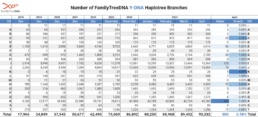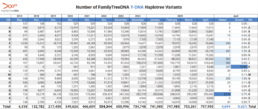FamilyTreeDNA continues to maintain the world’s largest Y-DNA haplotree thanks to our unmatched database and decades of innovation in genetic genealogy.
FamilyTreeDNA is proud to host the world’s largest Y-DNA haplotree — a living, growing record of human paternal ancestry. With millions of data points from customers around the globe, this tree continues to evolve thanks to your participation and our scientific innovation.
Every month, we provide updates to reflect the latest haplotree growth in both branches and variants, and to highlight patterns, discoveries, and standout haplogroups. Whether you’re a genetic genealogist, population researcher, or DNA enthusiast, these numbers offer a glimpse into how the story of humanity continues to unfold — one Y chromosome at a time.
What Is the Y-DNA Haplotree?
The Y-DNA haplotree is a branching structure that shows how paternal lineages are related based on shared genetic mutations. It’s built using single nucleotide polymorphisms (SNPs) — tiny changes in the Y chromosome that are passed from father to son over generations. Each SNP helps define a branch on the tree, tracing back to a common paternal ancestor.
How Big Y-700 Powers the Haplotree
These SNPs are detected through our Big Y-700 test — the most advanced Y-DNA test available today. Big Y-700 provides high-resolution data on your Y chromosome, helping us place you accurately on the haplotree and even identify new SNPs that could become future branches.
In other words: when you take a Big Y-700 test, you don’t just find your place in history — you help write it.
Explore Your Y-DNA Haplogroup with Discover™
Once you’re placed on the tree, our free Discover haplogroup reports unlock even more. These interactive tools allow you to explore:
- Your haplogroup’s historical context and migration patterns
- Famous or ancient connections
- Estimated timelines and branching events
You can even view reports for other haplogroups, making Discover a valuable tool for researchers, project admins, and curious testers alike.
Why Is FamilyTreeDNA’s Tree the Largest?
We were the first company to offer direct-to-consumer Y-DNA testing, and we’ve been curating the haplotree since the early 2000s. Our Big Y-700 test provides the highest-resolution view of the Y chromosome, and each new result contributes directly to the tree.
Here’s what sets us apart:
- Manually curated by an in-house team of scientists
- Real-time updates with rigorous quality control
- Collaborations with academic researchers and citizen scientists
- Over 90,000 branches and 750,000+ variants as of April 2025
Other databases rely on public data or static research samples. Ours is dynamic, growing, and powered by our community.
Y-DNA Haplotree Numbers – April 2025
Haplotree Branches
- Total branches: 90,332
- Growth in April: +880 branches
- Growth rate: +0.98%
Top contributors:
- Haplogroup R: +443 branches (largest numerical growth)
- Haplogroup C: +25 branches (+2.85%)
- Haplogroup K: +1 branch (+4.00%) – highest % growth
Haplotree Variants
- Total variants: 757,955
- Growth in April: +4,694 variants
- Growth rate: +0.62%
Top contributors:
- Haplogroup R: +2,113 variants
- Haplogroup J: +565 variants
- Haplogroup I: +552 variants
- Haplogroup K: +247 variants (+17.6%) – fastest growth rate
Why These Numbers Matter
This isn’t just about numbers. The world’s largest Y-DNA haplotree:
- Helps individuals break through brick walls in their genealogy
- Enables discoveries in surname studies, deep ancestry, and migration
- Supports scientific research into population genetics
How You Can Contribute
Every branch starts with a tester. Want to help grow the tree?
- Take or upgrade to the Big Y-700 test to discover your unique position on the haplotree.
- Join a Y-DNA Project and collaborate with others exploring your lineage.
- Encourage relatives to test, especially those from underrepresented regions or rare lineages.
Your Y-DNA test doesn’t just tell your story — it helps complete the story of humanity.
Stay Updated
We update this post each month, so feel free to bookmark it, share it with your genetic genealogy group, or cite it in your research. We’ll continue posting monthly graphics on social media, but this blog will always be your central, resource.
Let’s keep growing this tree — together.


